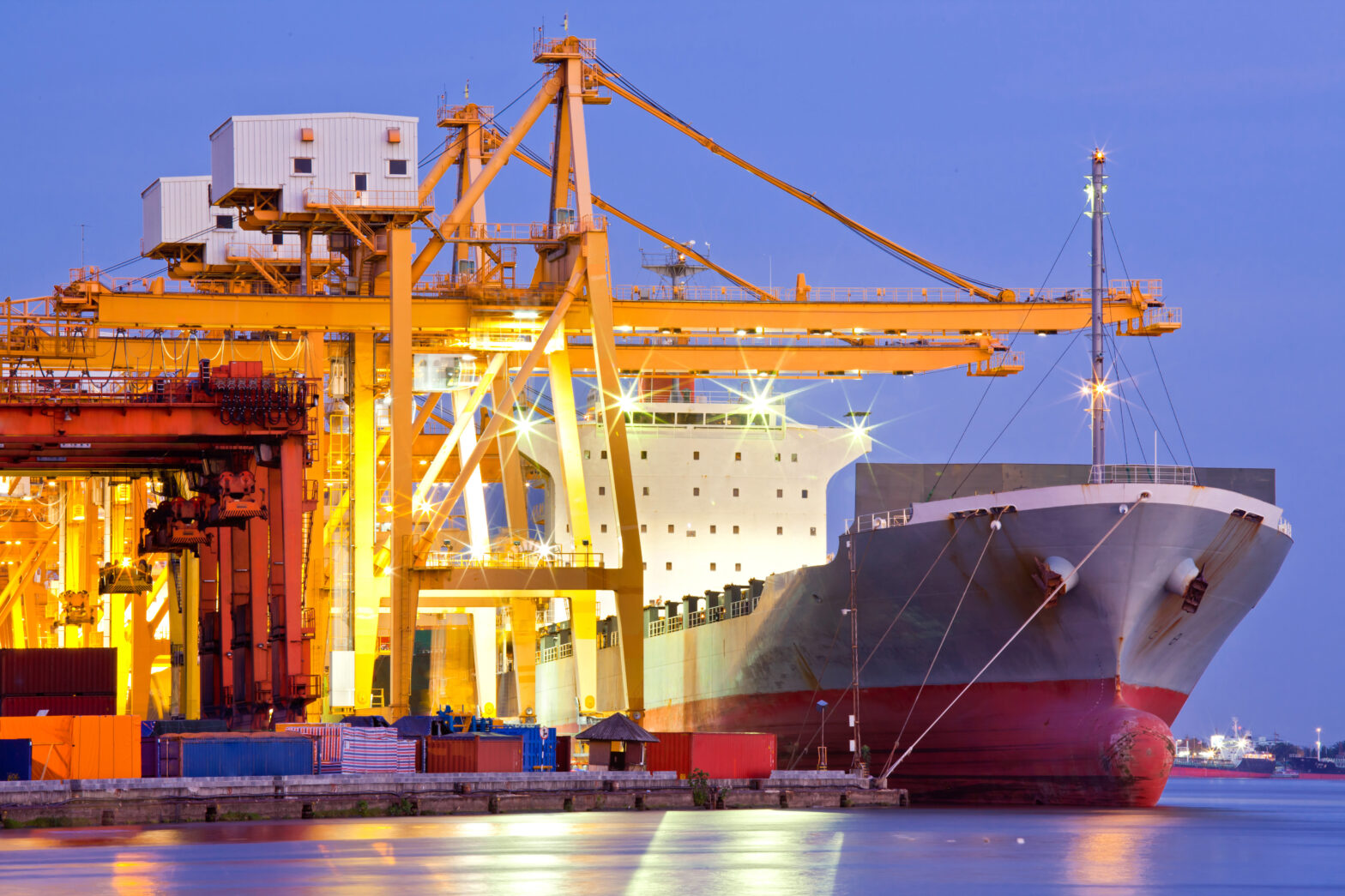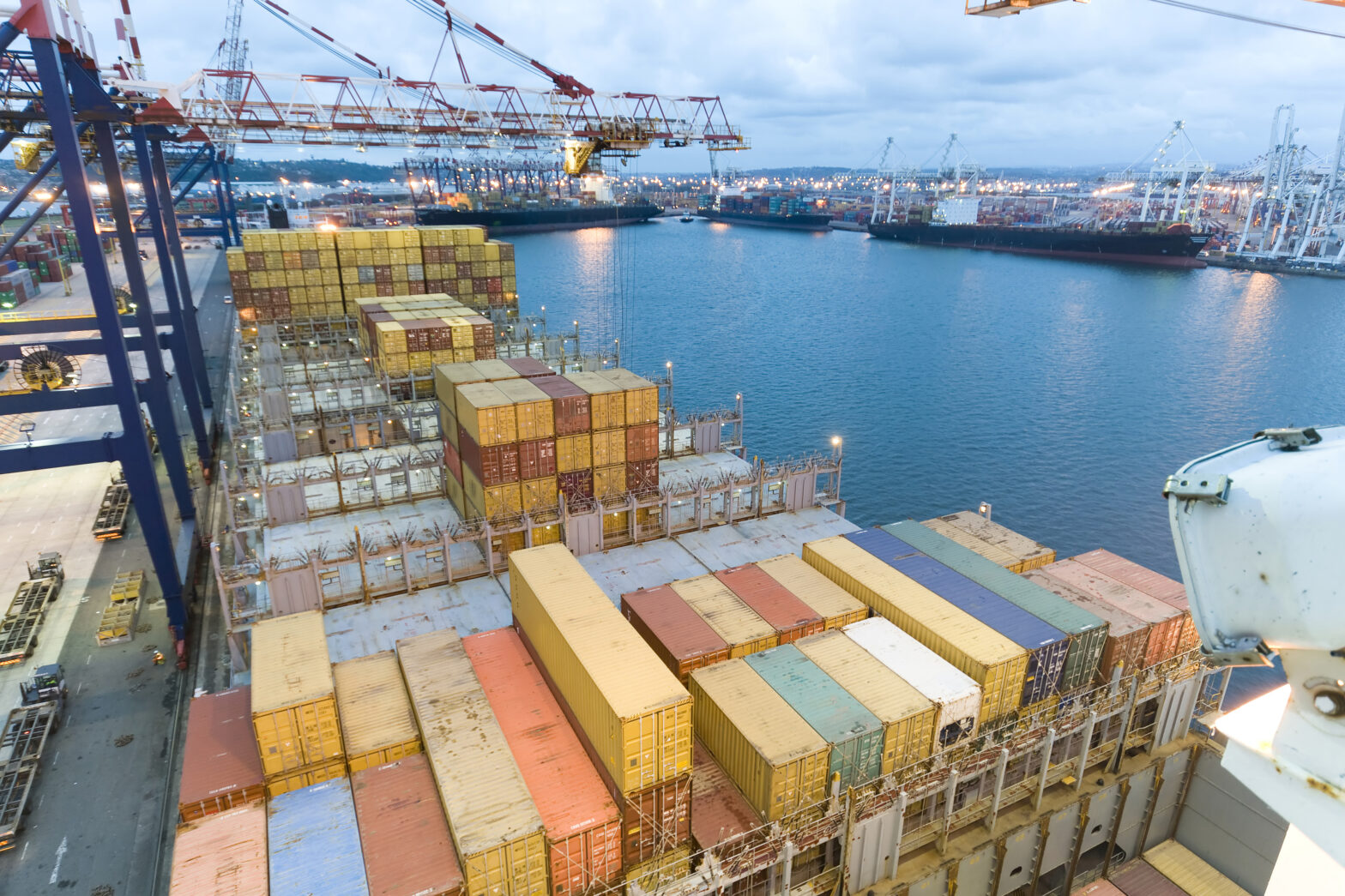Selling in the UK is relatively straightforward. Exporting is another matter altogether, because you then have to worry about a whole lot more, including logistics, regulations, stronger packaging and so on.
You do have the option of using a freight forwarder or agent, who can sort out a lot of the paperwork and regulatory compliance issues for you; the downside is that you will have to pay them – and that could seriously cut into your profits.
1. Changes on exporting to the EU
The UK-EU Trade and Cooperation Partnership (TCA) came into effect on January 1, 2021, permanently changing exports from GB – this means new customs processes, administration and checks.
First off, make sure you have an EORI number. If you don’t know it, you can check it through the government website.
To make it easier for EU businesses to import, check the necessary import customs declarations. The country you’re exporting to may also need a license or certificate to import some types of goods. You can use the free Trader Support Service to import into Northern Ireland.
The UK and EU have a zero-tariff agreement on trade goods as long as they meet Rules of Origin requirements.
You will need customs declarations paperwork in order to move goods. Sanitary and phytosanitary border checks will also be required for trade of live animals and products of animal origin, with extra costs and burden to accompany it.
Make sure you have someone to do your export declarations if you don’t feel confident doing them yourself. The government’s export website says you “should not underestimate how much time and effort it will take.”
Goods will have to undergo two sets of conformity assessments rather than one if your business will be putting a product on both the UK and EU markets. However, in specific sectors such as medicines, wines, automotive and chemicals, the UK and EU have streamlined conformity assessments.
>See also: What is the UKCA mark and how does it affect my small business?
Failure to meet these requirements could lead to delays at ports and disruption to supply chains.
2. Exporting to countries outside of the EU
a) Commodity codes
The first thing you need to do is to get the commodity code for your product – you can see the list by clicking here. It’s pretty comprehensive; for example, if you’re looking to export false beards made out of human or animal hair, your code will be 6704.
A commodity code determines levels of duty and tax that you’ll need to pay, plus lets you know whether you’re going to need an export licence. It is your responsibility to make sure all this is right, even if you’re using an agent.
If you’re not sure which category your product fits into, don’t just take your best guess; get help from the Tariff Classification Service by emailing classification.enquiries@hmrc.gov.uk. Send a separate email for each of the goods that you’re asking for advice on, otherwise your email(s) will be rejected. Your email should be answered within five working days but don’t email for a progress check if this timeframe hasn’t passed. Note that the advice given is not legally binding.
b) Export declarations
To export goods, you need to submit an electronic declaration.
To do this, you’ll need to register for an Economic Operator Registration Identification (EORI) number and access to the Customs Handling of Import and Export Freight (CHIEF) system before making your export submission through the National Export System.
If you’re using a freight forwarder or commercial agent, they will handle this side of the process.
See also: EORI number: What it is and how to get or check one
c) VAT and duty
Most goods exported to a third country can be zero-rated for VAT, but you have to make sure you register the sale on your VAT return, and make sure you can provide evidence that the goods have actually left Britain.
The amount of duty you pay is set by the country you are exporting to and will depend on what it is you are exporting and its value.
The UK Trade Tariff should tell you all you need to know for your particular product (using the commodity code from above).
It is possible to get duty relief through various schemes. There are also various agreements in place with different countries that will allow you to export certain goods at lower rates or even for zero duty.
d) Restrictions
There are certain items that you can’t export to certain countries; many of these are war zones, and the items involved are armaments, or items which could be used for military purposes, so if you have any doubts at all, make sure you check the government’s Sanctions, embargoes and restrictions page for the latest information.
3. Exporting to and from Northern Ireland
There are a couple of services which can help you navigate the rules around the Northern Ireland Protocol.
Trader Support Service
Movement Assistance Scheme (for agrifood goods)
4. Exporting to a third country via an EU member state
The below applies to Northern Ireland.
Known as an ‘indirect export’, this involves special procedures and paperwork, which will mainly depend on the final destination.
The main thing you’ll need is the movement reference number of the export declaration that covers your goods. It’s available on the Export Accompanying Document issued by the customs authority of the EU country of export.
5. Apply for any necessary licenses
You may need to get specific licenses or certificates if you’re exporting any of the following goods:
- Animals and animal products
- Plants and plant products
- Drugs and medicines
- Medical devices
- Chemicals
- Ozone-depleting substances and F-gases
- Radioactive substances
- Diamonds
- Art works, antiques and culturally significant goods
- Waste
- Goods that could be used for torture or capital punishment
- Firearms, ammunition and related equipment
- Military goods, services and technology
- Items that can have both civil and military uses
6. Packaging
You also need to give extra thought to the type of packaging you’re going to use. There are restrictions on the use of untreated wood in order to prevent the spread of insects and disease that could negatively impact on a country’s ecosystem.
Alternatives are easily available in the form of plywood shipping crates, which have a similar strength but can be sent anywhere, as the wood has been treated in the manufacturing process.
You can also get heat treated and kiln dried pallets which have the same unrestricted usage. If you’re not sure, look for what is known as the ‘wheat stamp’, which tells officials that it’s safe to use.
Cardboard boxes are also unaffected by these regulations; you’ll want to get something stronger than if you’re just shipping within the UK, as your box is likely to be subject to greater stresses, such as being on the bottom of a large stack of boxes. Heavy duty double wall and triple wall boxes have been designed to deal with just these kinds of conditions.
Whether you use cardboard or plywood will partly depend on the weight of what you’re shipping, but also the distance it will need to travel and the climatic conditions it will pass through.
If it’s likely to be exposed to high levels of damp or humidity, the plywood option will offer far greater protection.
If there is any aspect of exporting your product that you’re unsure about, it’s always best to get expert advice, because the cost of getting it wrong can be a lot greater.
7. Keep invoices and records
You must keep commercial invoices and any customs paperwork. If you’re VAT registered, record the goods in your VAT accounts, even if they are zero-rated.
If you exported controlled goods, such as firearms, keep the paperwork that shows who owns the goods.
This article was updated on July 6 2022.





